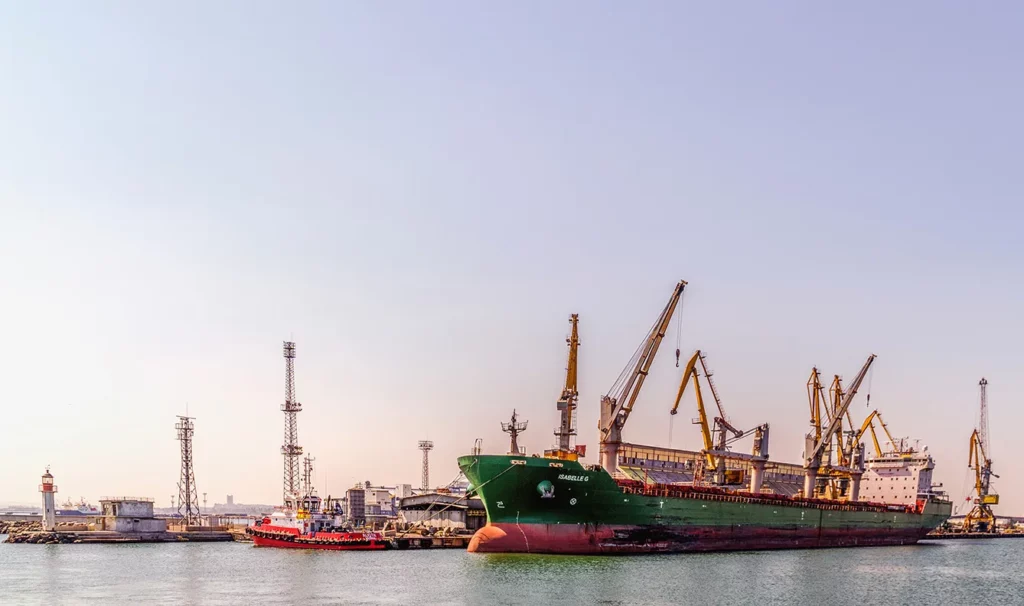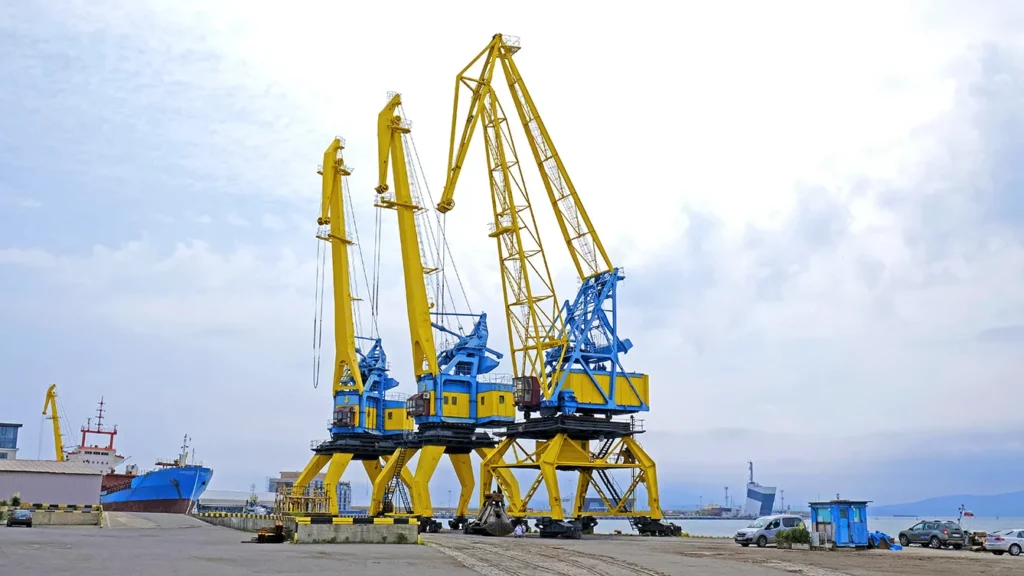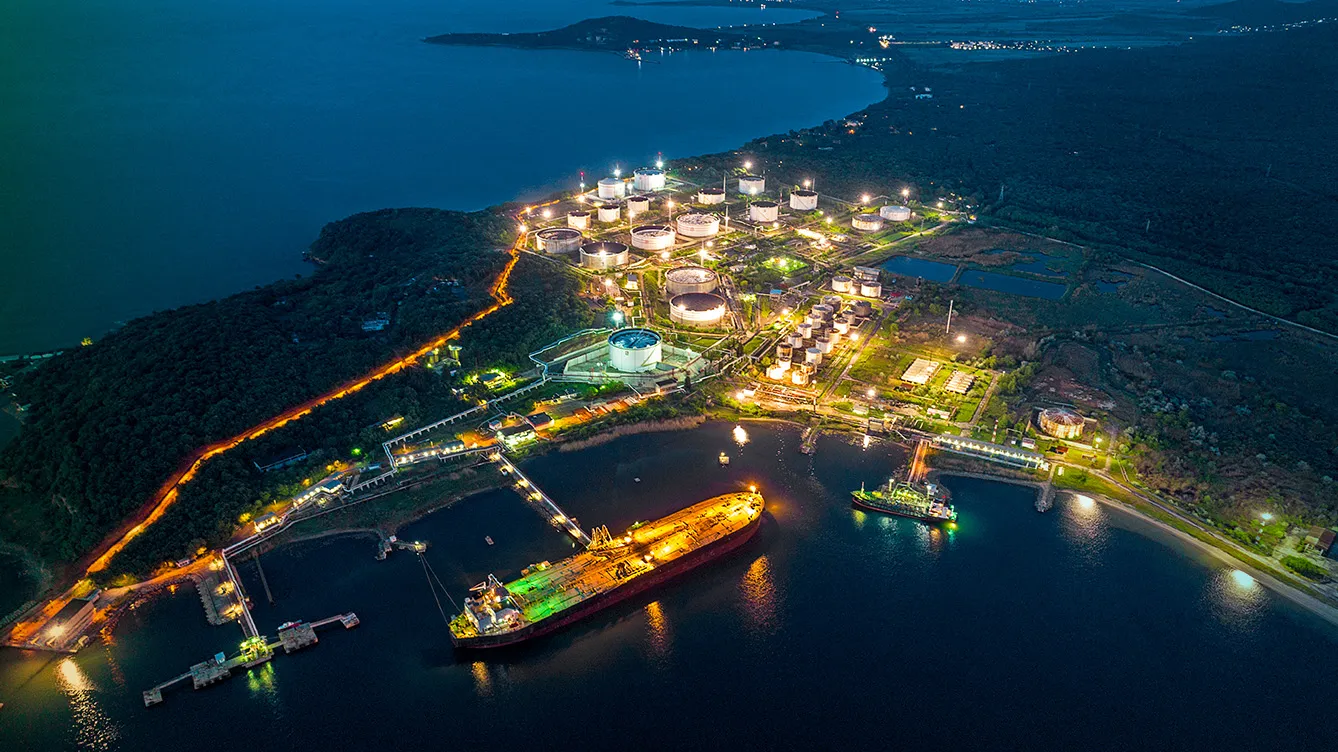On a recent sunny afternoon, patrons gathered at the restaurants along the Port of Burgas seemed to be more interested in what fresh fish was on offer that day and less in the port’s strategic importance for their city, Bulgaria, and the wider region. But make no mistake, we’ll be hearing more about the latter too.
In September 2022, The Three Seas Initiative Investment Fund (3SIIF) acquired a significant interest in BMF Port Burgas, a major port operator in the Port of Burgas on Bulgaria’s Black Sea coast, from Bulgarian-based Advance Properties, who will retain a majority interest. Announcing the deal, its first direct investment in Bulgaria, 3SIIF pointed out that “the Port of Burgas is an important infrastructure asset connecting the Three Seas Region with Central Asia and the Middle East, strategically located on the Black Sea coast and is the closest European Union port to the Bosphorus.”
BMF Port Burgas comprises Port Terminal Burgas East II and Port Terminal Burgas West and operates under two long-term concessions granted by the Bulgarian government. “Burgas is the closest EU port to the Bosphorus Strait,” Bulgarian President Rumen Radev pointed out upon the announcement of the acquisition. Further on, President Radev expressed confidence that Port of Burgas can play an important role in the development of the region. “(The investment) increases Bulgaria’s credibility and visibility; it makes it very well positioned on the investment map,” President Radev added.
Burgas, a way onto the Black Sea
Founded in the 17th century as a fishing village, Burgas is now Bulgaria’s fourth-largest city. Burgas, located in the southeast corner of Bulgaria, started its ascend after Bulgaria’s liberation in 1878 due to the arrival of the railway from Sofia in 1890 and then with the first significant harbor improvements in 1904. Ranked among the most attractive places to live in Bulgaria, today Burgas is home to a little over 200,000 people and among the most important industrial hubs in the country, acting as a major maritime gateway, both via rail and road links, to Sofia and Plovdiv, Bulgaria’s most developed and industrialized cities.


Burgas’ most notable industrial enterprise is the largest oil refinery in southeastern Europe (also the largest manufacturing plant in the Balkans). Further on, Burgas, along with Sofia, is one of the key elements in supporting Bulgaria’s place in the Trans-European transport network (TEN-T), the planned network of roads, railways, airports, and water infrastructure in the European Union, and the Pan-European Corridor VIII, a road and rail routes linking Italy with Albania, North Macedonia, and Bulgaria.
Burgas matters. The city has been openly rivaling Varna to the north, Bulgaria’s third-largest city, often called the sea capital, as the country’s chief port, claiming a big share of Bulgaria’s Black Sea trade. In 2020, the Port of Varna handled 7.1 million tons of cargo, while its competitor in Burgas annually handles around 6.7 million tons of cargo, according to data from SHIPNEXT.
Burgas also handles most of the Bulgarian fish catch, not without some help from the small neighboring port of Sozopol. And then, there’s tourism, another important sector in a city conveniently located near picturesque towns such as Nesebar and Sozopol.
Investments ahead for Burgas port
Bulgaria’s potential doesn’t go unnoticed. According to data from “Bulgaria: Toward Blue Economy Development,” a 2020 World Bank report tracking Bulgaria’s progress towards a blue economy, the key marine-based sectors of Bulgaria – coastal and maritime tourism, fishery and aquaculture, shipping, ports, shipbuilding and repair, and oil and gas exploitation – employed 102,962 people and generated roughly EUR 995 million in Gross value added (GVA) in 2018. The report points out that this number represents 2 percent of the national GVA of all economic sectors and 3.4 percent of all jobs, thus placing Bulgaria above EU averages and above Italy and France.
As part of the Port of Burgas deal, the Three Seas Fund is expected to make major investments in the port, expanding existing berths, building new ones, further upgrading facilities, and the ability to handle new types of cargo. The fund could support the long-term growth of the port. Opportunities are also opening up for the creation of new production facilities in the region.
Christian Roy, Investment Director at Amber Infrastructure, the exclusive investment adviser to the 3 Seas Initiative Investment Fund, noted: “The further development and continued modernization of the Port will play a key role in filling the transport infrastructure gap in the southeast part of the Three Seas Region while delivering broader economic benefits to Bulgaria and the Region.”
It appears that Burgas, hungry for more, is ready.







